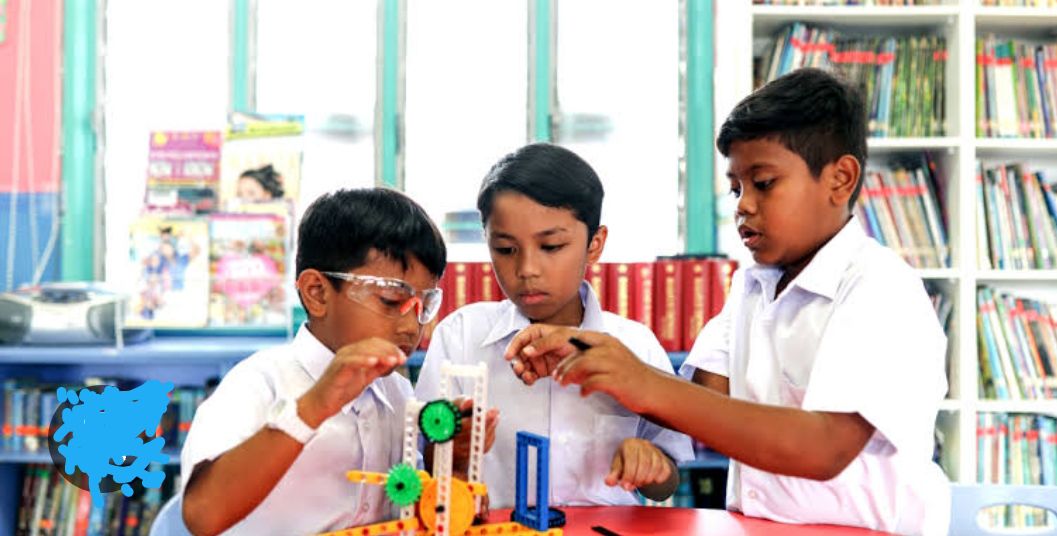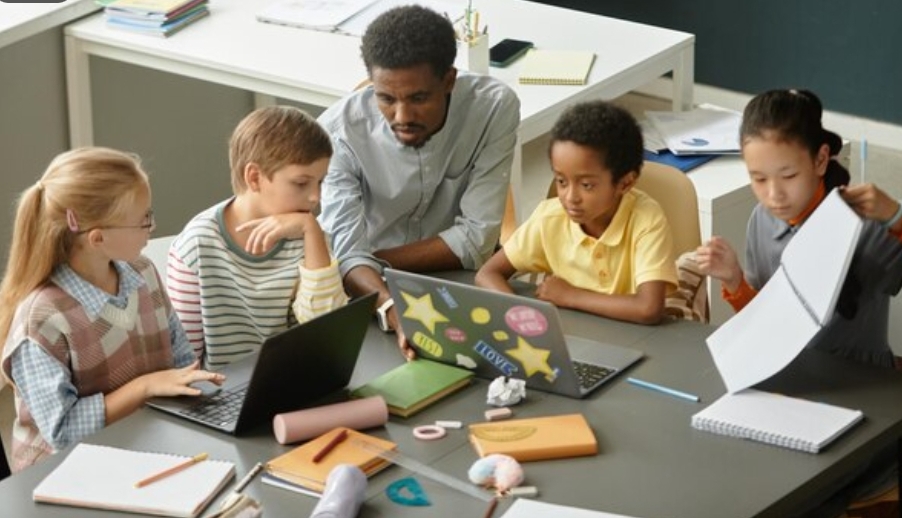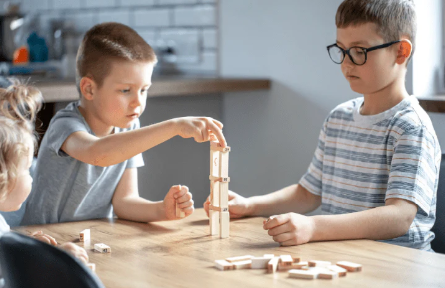
Introduction
In today’s rapidly evolving educational landscape, the traditional one-size-fits-all approach to teaching is being replaced by a more personalized and student-centered approach. In this article, we explore the transformative power of student-centered learning and how it is reshaping education for the better. From fostering creativity and critical thinking to promoting self-directed learning and collaboration. Student-centered learning is revolutionizing the way students engage with content and empowering them to take ownership of their education. It is a pedagogical approach that places the student at the center of the learning process, where their interests, needs, and abilities are prioritized. Unlike traditional teacher-centered approaches, which are often rigid and linear, student-centered learning embraces flexibility, adaptability, and individualized instruction. Its power includes:
Fostering Creativity and Critical Thinking:
By allowing students to explore topics that interest them and pursue projects that align with their passions, student-centered learning fosters creativity and critical thinking. Rather than memorizing facts and regurgitating information, students are encouraged to think critically, solve problems creatively, and apply their knowledge in real-world contexts.
Promoting Self-Directed Learning:
In a student-centered learning environment, students are empowered to take ownership of their learning journey. They are given the autonomy to set goals, make decisions, and manage their time effectively, promoting self-directed learning and independence. This not only cultivates a sense of responsibility and accountability but also prepares students for lifelong learning beyond the classroom.
Cultivating Collaboration and Communication Skills:
Collaboration is a fundamental aspect of student-centered learning, as students often work together on projects, engage in peer-to-peer discussions, and share their ideas. Through collaborative learning experiences, students develop essential teamwork, communication, and interpersonal skills, preparing them for success in a diverse and interconnected world.
Embracing Technology for Enhanced Learning Experiences:
Educational technology plays a pivotal role in student-centered learning, providing students with access to a wealth of resources, tools, and digital platforms to support their learning journey. From e-learning platforms and virtual classroom tools to online tutoring services and self-paced online courses, technology enriches the learning experience and extends educational opportunities beyond the traditional classroom walls.
Empowering Students to Be Active Participants in Their Education:
Perhaps the most significant aspect of student-centered learning is its focus on empowering students to be active participants in their education. By giving students a voice in the learning process, valuing their perspectives, and fostering a culture of inclusivity and respect, student-centered learning creates a sense of belonging and engagement that motivates students to reach their full potential.
Conclusion
Student-centered learning is not just a teaching approach; it’s a philosophy that celebrates the unique abilities, interests, and aspirations of every student. By embracing student-centered learning, educators can create inclusive and empowering learning environments where students are inspired to learn, explore, and grow. As we continue to navigate the complexities of education in the 21st century, let us harness the transformative power of student-centered learning to unlock the potential of every learner and shape a brighter future for generations to come.










